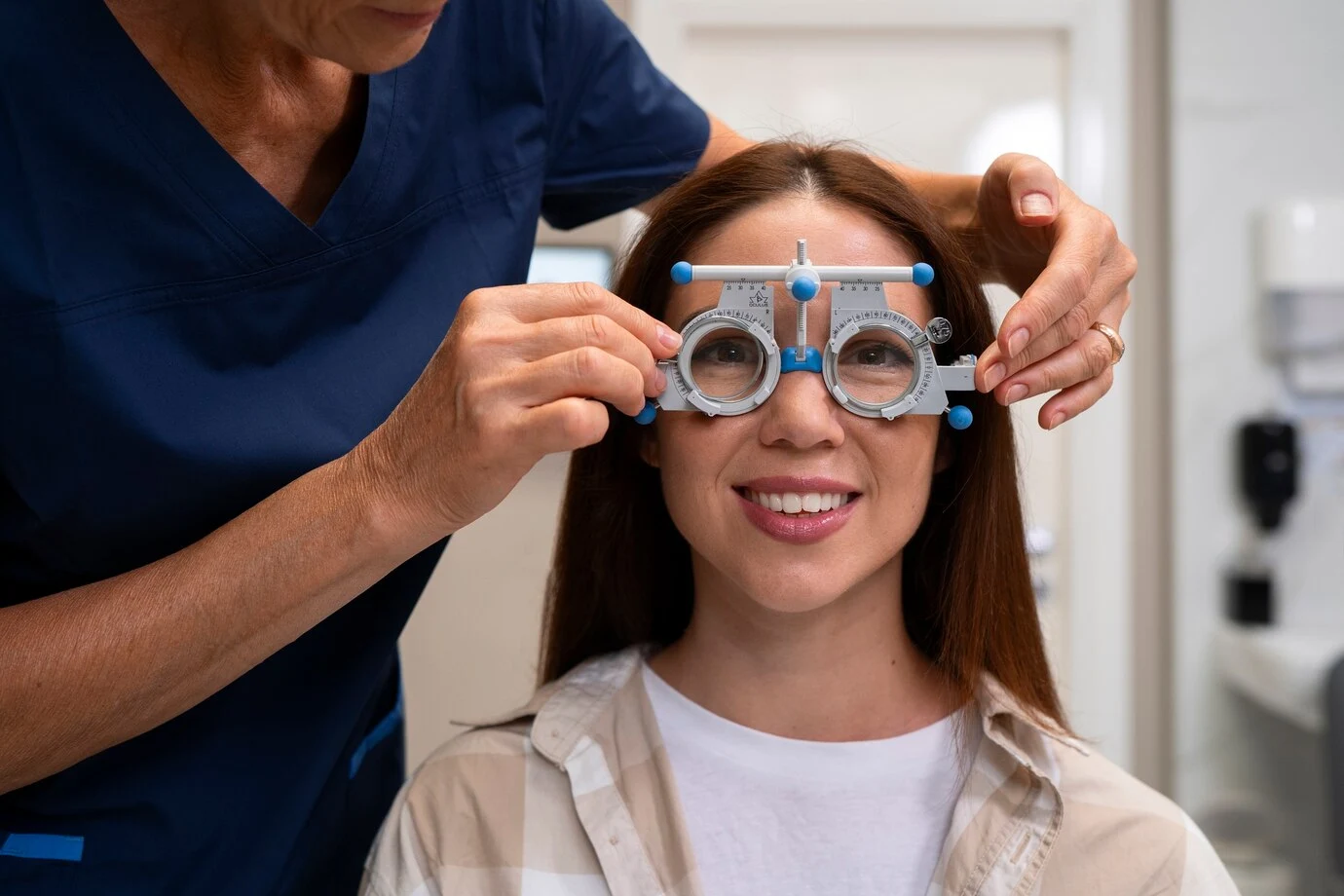The average person thinks of age-related macular degeneration (AMD) as a vision-impairing condition that affects older adults. While there’s certainly some validity to that notion, the full picture of AMD is far more complex. Most people don’t learn about these details until a loved one — or they themselves — is diagnosed with the disease.
At Elite Eye Care in New York City, we believe patient education is an invaluable part of preventive eye and vision care: By learning key facts about AMD before you “need” to know about them, you’re in a better position to avoid the problem or catch it in its earliest, most treatable stage.
Here, Dr. Markiel Yakubov explores seven facets of AMD that most people don’t know about — and explains why you should.
AMD is a leading cause of vision loss
Macular degeneration is a progressive eye disease that damages the macula, or the small spot near the center of your retina that gives you sharp central vision so you can perceive fine details when you’re looking straight ahead. Central vision loss makes it harder to see faces, read, drive, or accomplish routine tasks like cooking a meal.
AMD is a leading cause of permanent vision loss in adults over the age of 50, and the primary cause of irreversible vision loss among adults aged 60 and older. The risk of developing AMD increases even more with advancing age: 1 in 3 people older than 75 lives with it.
There are two different types of AMD
AMD damages the macula by causing its cells to die. This damage and resulting loss of central vision can happen in two ways:
Dry AMD
Up to 90% of AMD cases are “dry,” or atrophic. Dry AMD occurs when the light-sensitive cells in the macula get thinner with age, grow tiny clumps of protein (drusen), and slowly break down. Dry AMD usually happens in four stages, progressing gradually over several years.

Wet AMD
While far less common, wet AMD is also far more serious. Also called advanced neovascular or exudative AMD, it occurs when fragile blood vessels develop under the macula. Wet AMD damages the macula quickly when these new vessels leak blood and fluid.
Any stage of dry AMD — sub-clinical, early, intermediate, or late — can turn into wet AMD. Wet AMD is always considered late-stage.
AMD can affect one or both eyes
Some people only develop AMD in one eye, while others have it in both. Having late-stage AMD in just one eye increases your risk of developing late-stage AMD in your other eye, too.
There are stages of AMD
AMD is very common: About 11 million people in the United States have been diagnosed with it, and many more don’t know they have it. The reason? AMD doesn’t cause symptoms early on, and many people don’t have the routine comprehensive eye examinations that can detect it. Here’s what happens during each stage of AMD:
Sub-clinical AMD
In this stage, before AMD causes significant physical changes to the macula, you may start to lose your ability to adapt to dark surroundings. This change is more pronounced than the loss of dark adaptation that happens to most people later in life, and can be measured during an eye exam.
Early AMD
Early-stage ADM doesn’t cause symptoms or vision loss. It’s diagnosed during an eye exam by the presence of significant drusen deposits (protein beneath the retina).
Intermediate AMD
You may experience some degree of vision loss in intermediate-stage AMD, but it’s often not enough to be noticeable or cause worry. A comprehensive eye exam checks for this stage by looking for larger drusen deposits and/or pigment changes in the retina.
Late AMD
In either late-stage dry AMD or wet AMD, vision loss is noticeable. You may see a blurred area or blank spots near the center of your vision, loss of full or clear color vision, or visual distortion that causes straight lines to appear wavy.
Certain factors make AMD more likely
While older age is the primary risk factor for AMD, other factors can elevate your chances of developing the disease. Risk factors you can’t change include:
- Genetic predisposition (family history)
- Gender (women tend to develop AMD earlier than men)
- Race (Caucasians have a higher AMD risk than people of other racial backgrounds)
Significant risk factors you can modify or manage include:
- Being overweight
- Eating a diet high in saturated fat (red meat, cheese, butter)
- Having uncontrolled high blood pressure (hypertension)
- Having unhealthy cholesterol levels
- Not wearing eye protection outdoors (UV light exposure)
Tobacco use (smoking cigarettes or using smokeless tobacco) is one of the most significant modifiable AMD risk factors: It doubles your chances of getting AMD.
AMD can’t be cured, but it can be managed
AMD can’t be cured, but it can be managed
To learn more about AMD or schedule your next comprehensive eye exam at Elite Eye Care, call or click online to book an appointment at your nearest New York City location today — we have one office in Brooklyn, and four offices throughout the Bronx.
